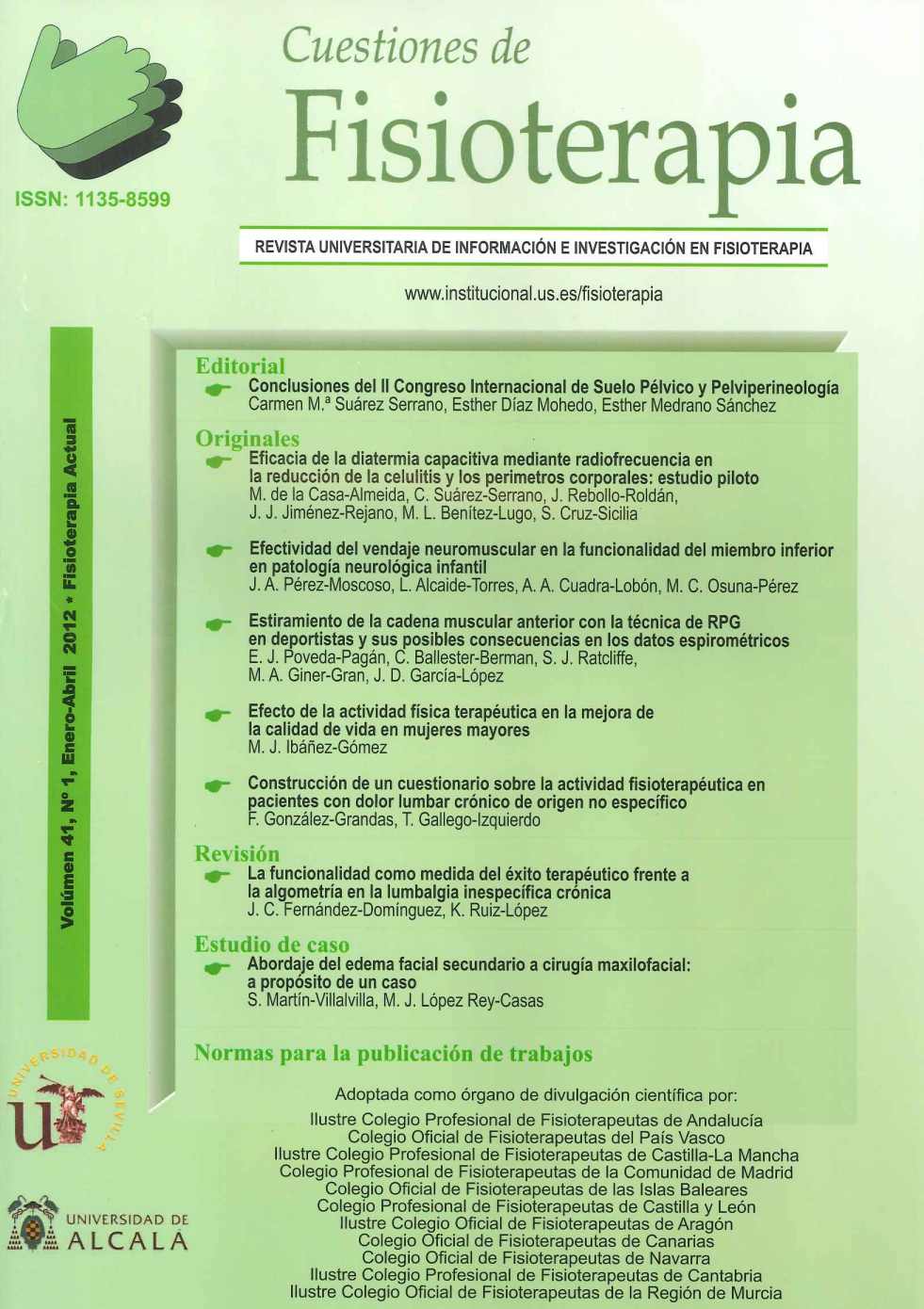Articles
Year 2023, Volume 52, Issue 3
Analysis of renal function and structure in hypertensive rats treated with low level laser therapy
Abstract
Introduction: the object of this study was to investigate the effect of low level laser therapy on the progression of chronic kidney disease (CKD) in spontaneously hypertensive rats (SHR). Material and method: twenty weeksold rats from SHR and Wistar strains were included in the study and were divided into four groups, namely: normotensive control (NTC), hypertensive control (HTC), normotensive experimental (NTE,), and hypertensive experimental (HTE). Rats in control groups were not laser irradiated whereas the kidneys of rats in experimental groups were transcutaneally irradiated in predetermined spots with a continuous wave of an 850 nm (100 mW/cm2, 12 J/cm2) for 2 minutes for 6 weeks. Urine and blood parameterswere measured, and histological procedures were performed to test renal function and structure in the four groups before and after treatment. Results: albumin and total proteins concentration in urine and glucose and potassium concentrations in blood changed ignificantly a consequence of the interaction of group and time. Nevertheless, variations could not be attributable to LLLT effect, but rather were the consequence of age-related changes both in hypertensive and normotensive rats. Histological analysis revealed that structure glomeruli, tubulointerstitial and vasculature were regular in all the groups. No changes were observed in renal function or structure in normotensive rats irradiated when compared to normotensive controls. Conclusions: under experimental conditions and hypertension model, LLLT had no effect on any variable studied but this procedure demonstrated to be safe for kidney. Futures experiments should be focused on exploring LLLT effect on other stages of CKD.
Keywords: chronic disease, kidney, hypertension, laser therapy, spontaneously hypertensive rats.

